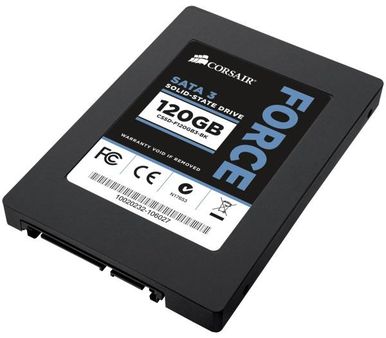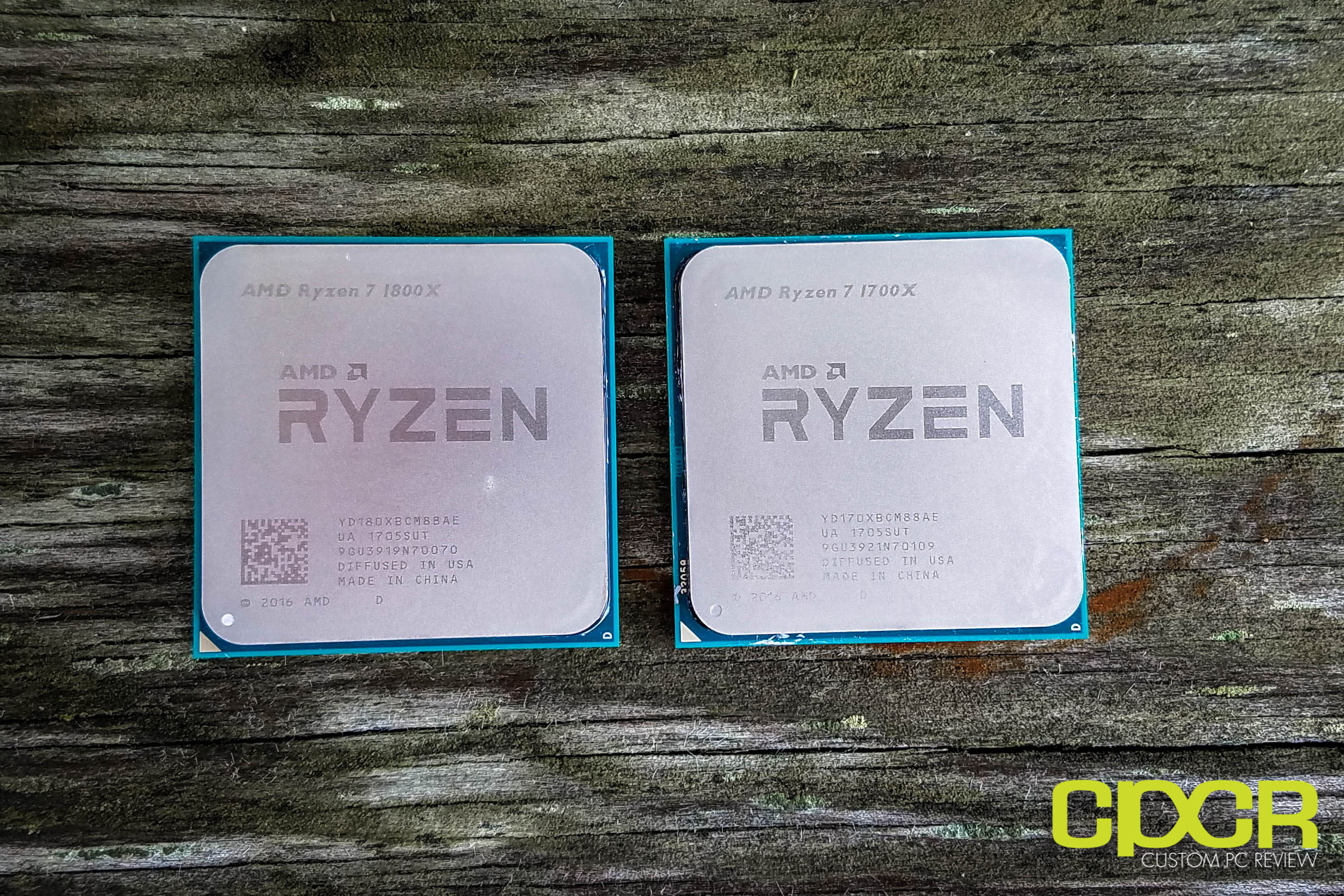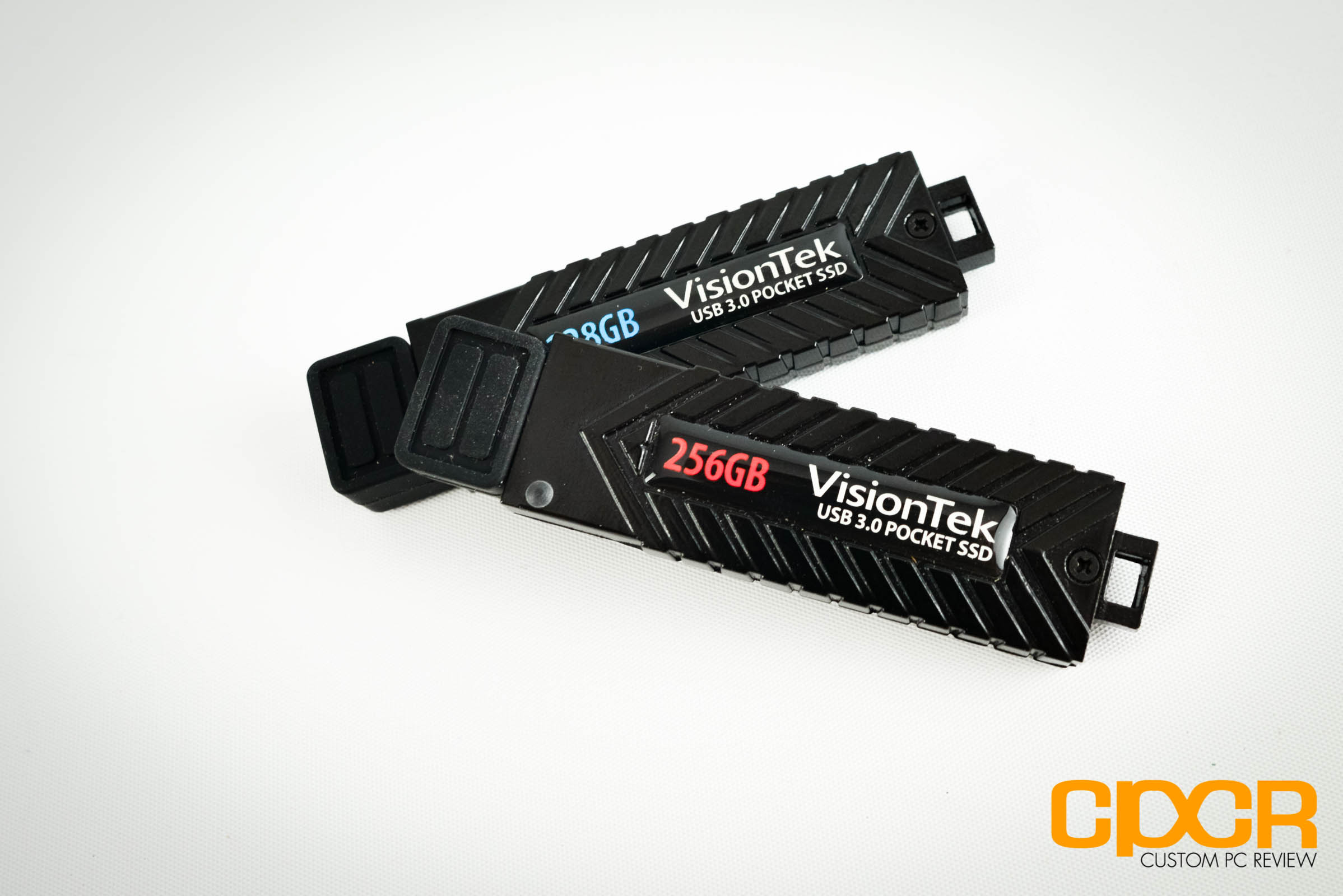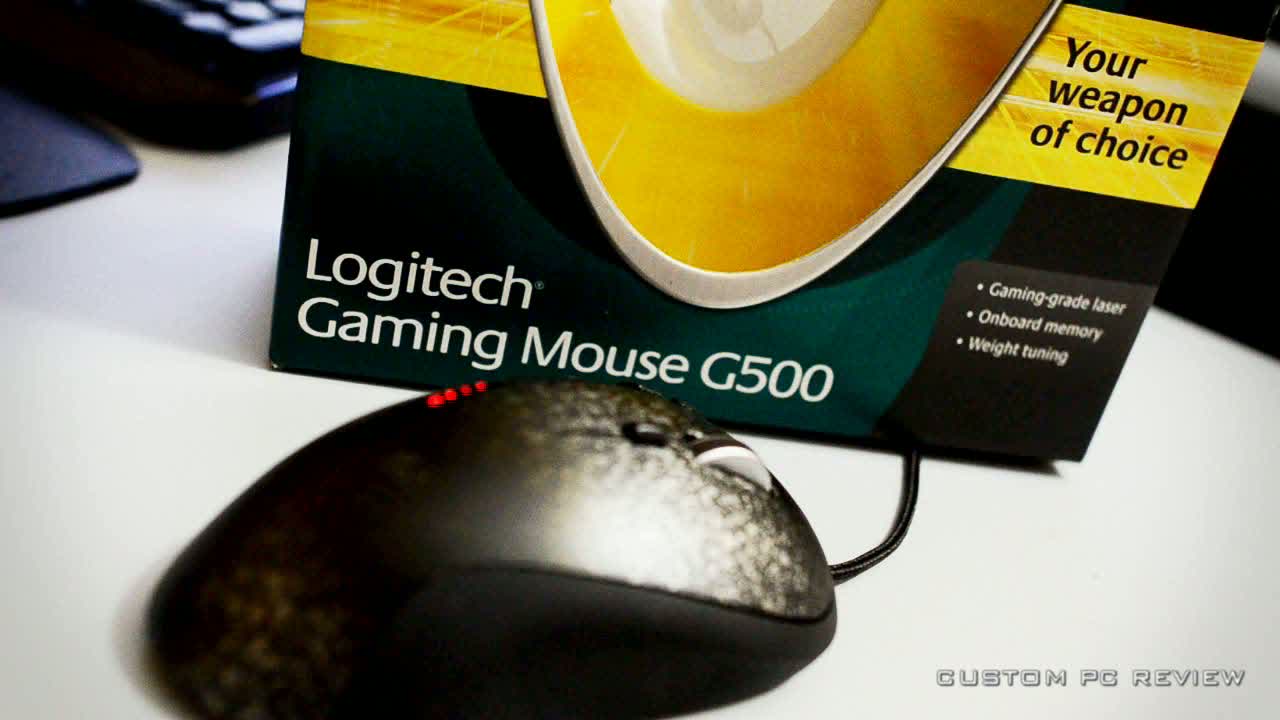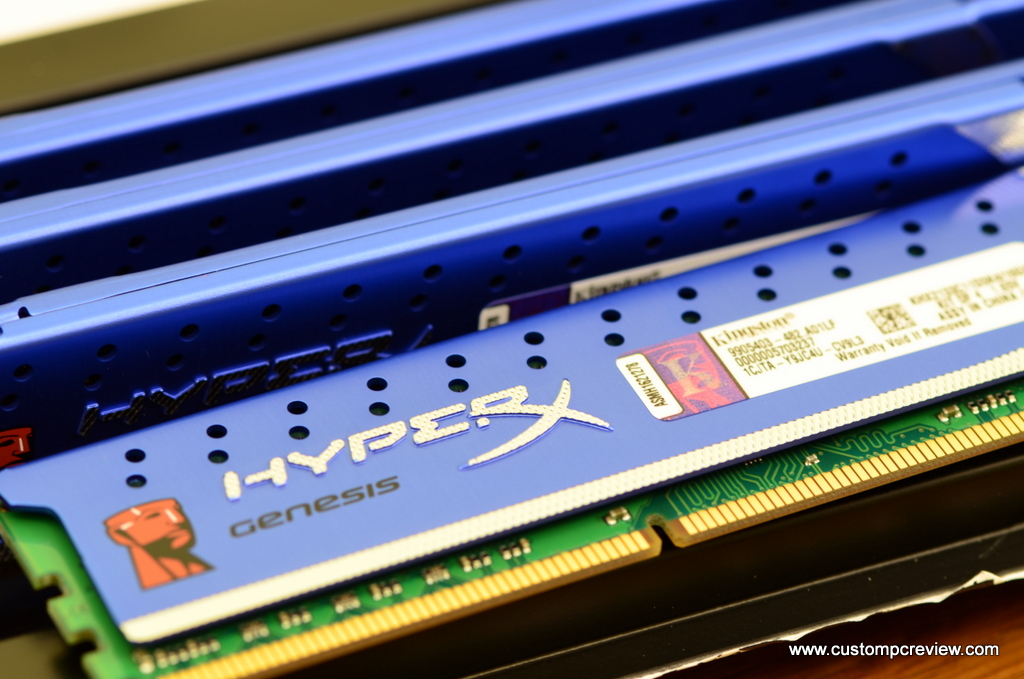**UPDATE** This article is now outdated. A full review of the Corsair Force 3 180GB has been published. You may view the full review here.
So as you all know I recently had the opportunity to test out a Corsair Force 3 180gb SSD (Check out the unboxing video) so as promised, I take it through a couple benchmarks.
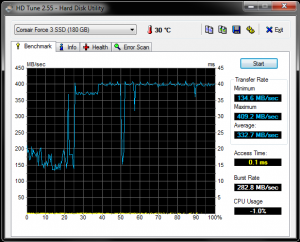 |
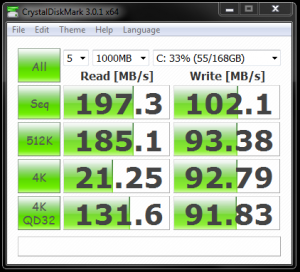 |
As you can see from the above benchmarks, the Corsair Force 3 is able to get some impressive 512K and 4K numbers. This correlates directly to the ability of the SSD to do random writes. In addition, take a look at the access times of the SSD as well as the transfer rate graph. Impressive?
Seagate Barracuda 7,200rpm Raid 0 Array
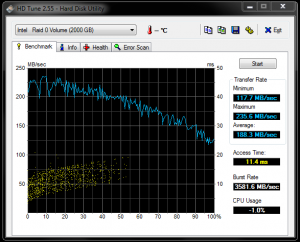 |
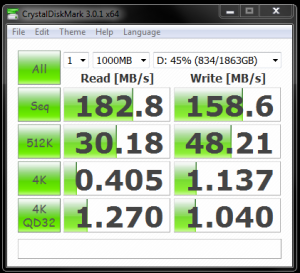 |
Above, I do a benchmark on my Seagate Barracuda 7,200RPM Raid 0 Array. For those of you who don’t know what a Raid 0 array is, it basically is a method of combining two hard drives to both store half of your data data so you can theoretically double the speed. You may read more on Raid here.
As you can see, despite using two hard drives in raid 0, the SSD dominates in every category except writes. Whats more is if you look at the HD Tune graphs. You can clearly see that the SSD is better able to sustain transfer rates. While the Seagate HDD’s Raid 0 array transfers dropped to a measly 117.7MB/sec at the end, the Corsair Force 3 SSD’s ended around the 400MB/sec range.
What do I think?
As you can see from the benchmarks above, the Corsair Force 3 is one very fast drive so if you’re in the market for a new hard drive and can spare the cash, the Corsair Force 3 is definitely a buy.
Stay tuned for a full review of the drive within the next couple of weeks. A link will be provided as soon as it is up!
The Corsair Force 3 is currently available for purchase on Amazon.

